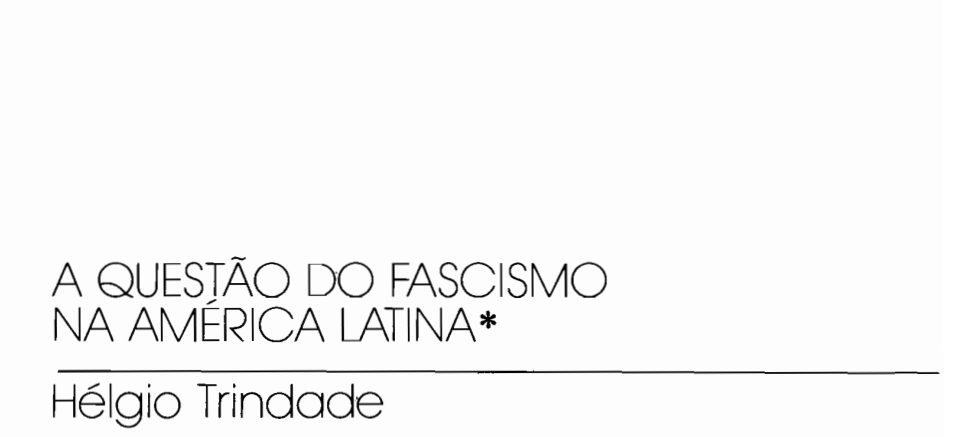Dados is one of the most widely-read social sciences journals in Latin America. Created in 1966, it publishes innovative works, originating from academic research, by Brazilian and foreign authors. Edited by IESP-UERJ, it aims to reconcile scientific rigor and academic excellence with an emphasis on public debate based on the analysis of substantive issues of society and politics.

Dados vol. 23 n. 2 Rio de Janeiro 1980

Abstract
The different forms of entertainment and popular culture that exist in the peripherical quarters of São Paulo are often considered as obstacles to the political participation of the workers. Accordingly, they tend to be analyzed from the standpoint of their "authenticity" or considered as a reality center desintegration by the influence of the mass media. However, these cultural forms provide an exceptional doorway for the knowledge of the modes of speech, tastes, life styles and world visions of its costumers. Compared with the universe of work, which is completely programmed by the logical requirements of Capital, the universe of leasure is an open, although limited, space for creativity, encounter and reconnaissance. The circus is one of these forms of popular entertainment. It occupies a middle ground between the cultural industry and spontaneous cultural manifestations. It does not reproduce either, since the process of their appropriation leads to their reorganization and recording. The result is a new kind of discourse with its own mark. An analysis of the plays performed in these circuses was made in an attempt to understand the internal rules of this discourse. Both the "serious" and the comic plays are organized around three basic issues: family, power and religion. But while the serious plays tend to reinforce the traditional values related to these institutions, the comedies tend to make of them the target of irreverent jokes, put forward by the clown. We find therefore in the same space two discourses that simultaneously support and deny, worship and make fun of the same values and institutions. This ambiguity is probably the distinguishing trait of this type of popular culture. It also appears in other oppositions that are frequent: country vs. "young" music, elements of erudite vs. popular culture, messages from the mass media vs. popular usages and mores, and so on. Such are some pieces of this "bricolage", the circus, that rambles the periphery of São Paulo.
Ideologia, Lazer e Cultura Popular: um Estudo do Circo-Teatro nos Bairros da Periferia de São Paulo